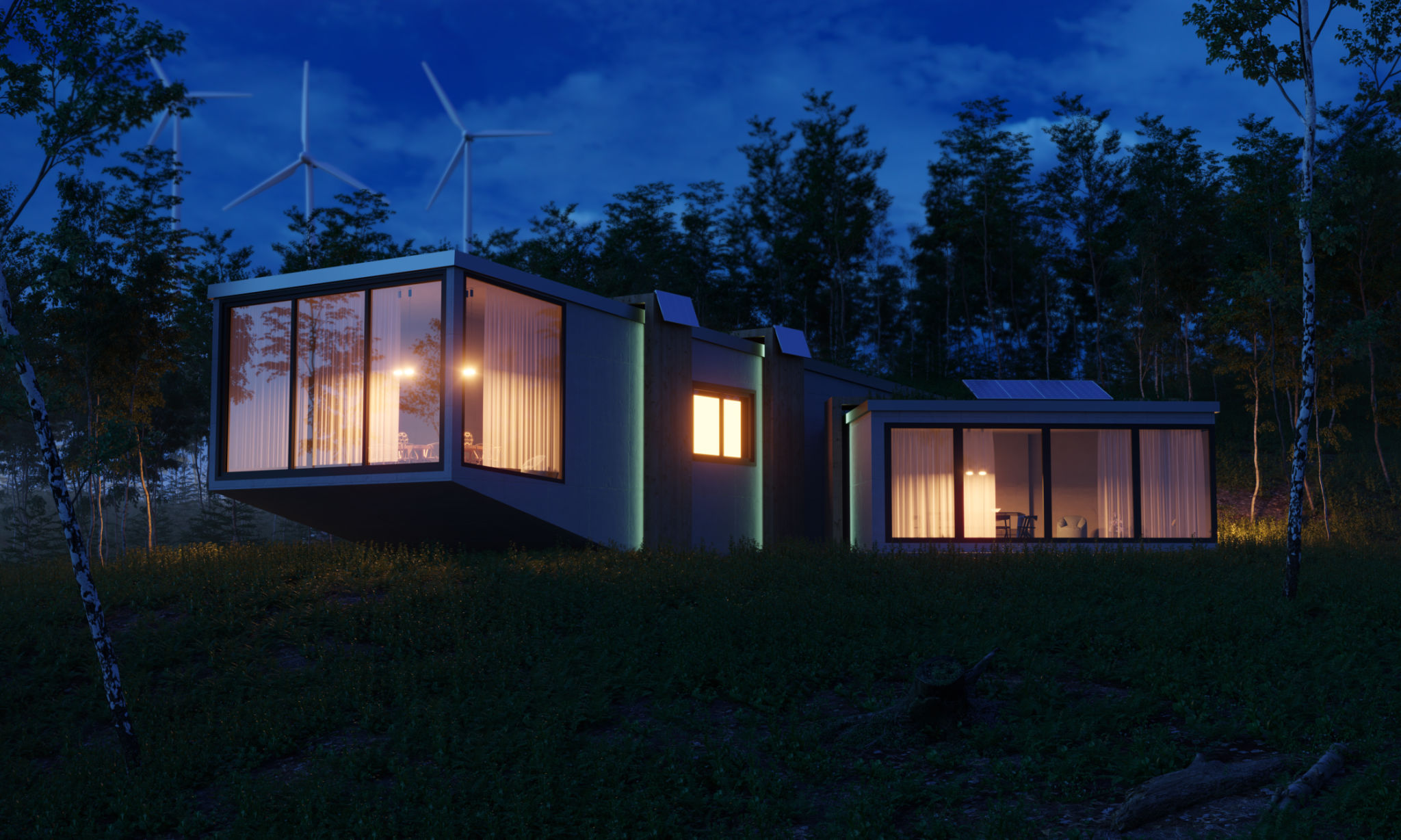Comparing the Best Materials for Energy-Efficient Windows
Introduction to Energy-Efficient Windows
In today’s environmentally conscious world, choosing the right materials for your windows can significantly affect your home's energy efficiency. By selecting the appropriate materials, you can reduce energy costs and contribute to a more sustainable environment.

The Importance of Frame Materials
When considering energy-efficient windows, the choice of frame material is crucial. The frame not only affects the window's insulation but also its durability and maintenance needs. Here’s a look at some popular options:
Vinyl Frames
Vinyl frames are a popular choice for energy-efficient windows due to their affordability and low maintenance. They provide excellent insulation, reducing heat loss and gain. However, vinyl may not be as durable in extreme weather conditions.
Wood Frames
Wood frames offer a classic aesthetic and are excellent insulators. They are environmentally friendly but require regular maintenance to prevent rot and warping. Wood frames can be more expensive, but their insulating properties can make them a worthwhile investment.

Glass Options for Energy Efficiency
The type of glass used in windows significantly impacts their energy efficiency. Advanced glass technologies can lead to substantial energy savings.
Double and Triple Glazing
Double and triple glazing involves using two or three layers of glass with a space between them. This design improves insulation by trapping air or gas between the layers, reducing heat transfer and enhancing energy efficiency.
Low-Emissivity (Low-E) Glass
Low-E glass is coated with a thin layer that reflects heat while allowing light to pass through. This technology helps maintain indoor temperatures by reflecting interior heat back inside during winter and reflecting exterior heat away in summer.

Composite Frames: A Modern Solution
Composite frames combine materials like wood and aluminum to offer the best of both worlds. They provide excellent insulation and are more environmentally resistant, requiring less maintenance than traditional wood frames.
Composite materials are also customizable, making them an attractive option for homeowners seeking both performance and aesthetic appeal.
Choosing the Right Material for Your Home
When selecting materials for energy-efficient windows, consider factors such as climate, budget, and aesthetic preferences. Each material has unique benefits and potential drawbacks, so it’s essential to weigh these considerations carefully.
- Climate: In colder climates, wood or composite frames might be preferable, while vinyl could be more suitable for milder regions.
- Budget: Vinyl offers a cost-effective solution, whereas wood and composite might require a higher initial investment.
- Aesthetic: Consider the style of your home and choose a material that complements your design preferences.
Conclusion
Investing in energy-efficient windows not only enhances your home's comfort but also contributes to environmental sustainability. By understanding the different materials available, you can make an informed decision that aligns with your energy-saving goals. Whether you choose vinyl, wood, or composite, the right windows can lead to significant savings on energy bills and a reduced carbon footprint.
